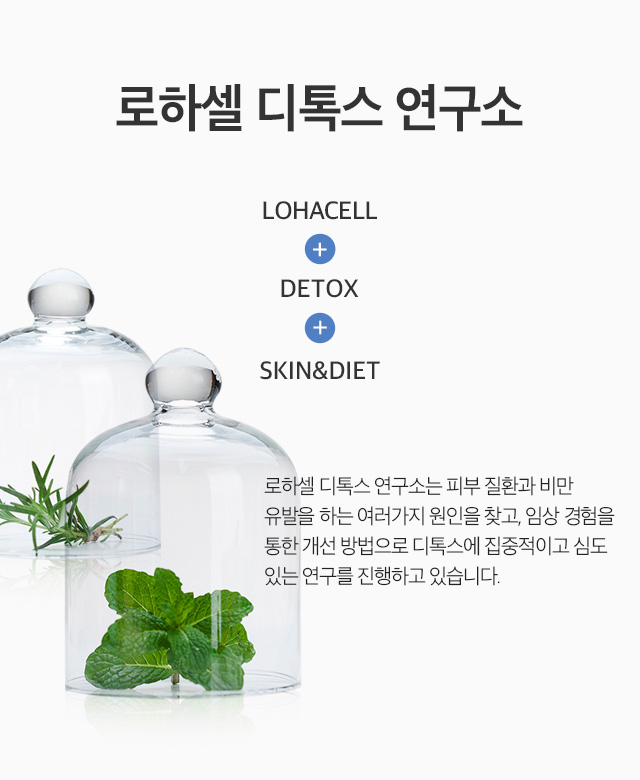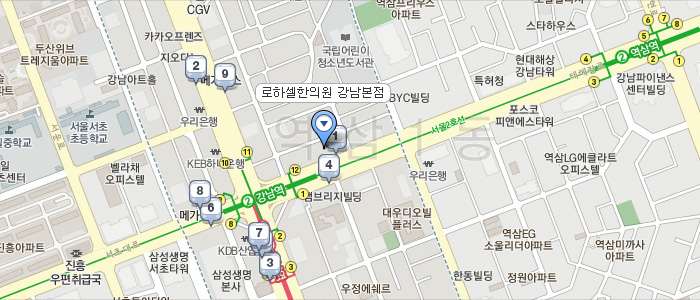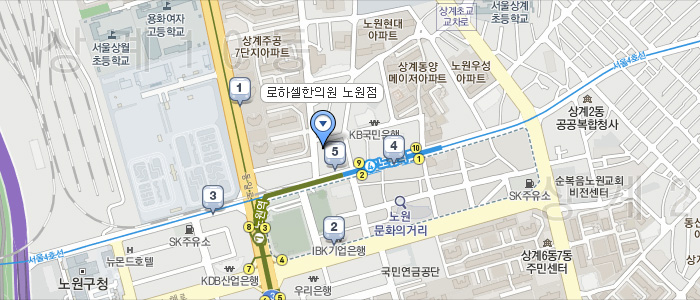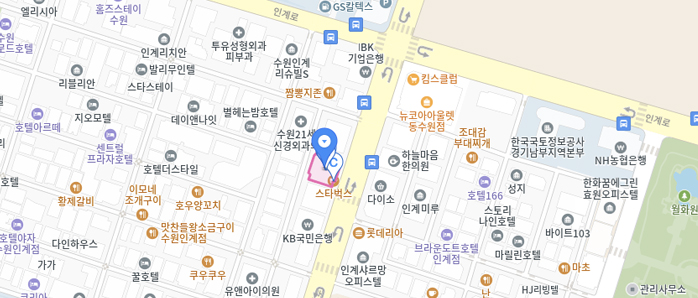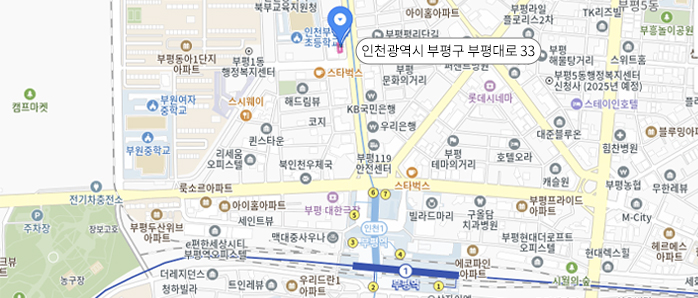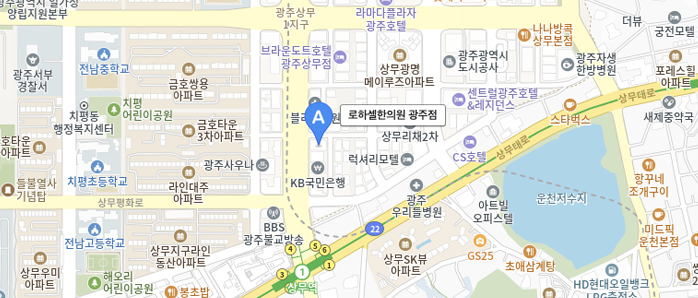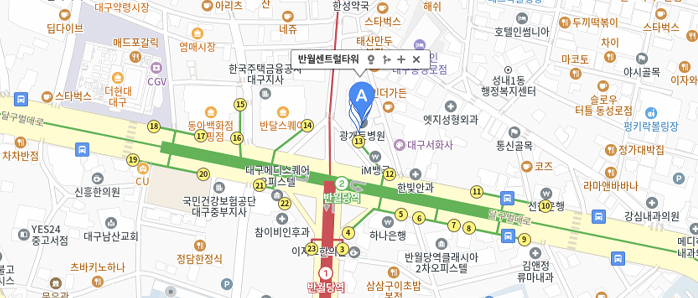- 한국 제천 감초(Glycyrrhiza uralensis Fisher)의 추출 조건별 추출물의 항산화 및 항균 활성 평가
- 2017-06-02
한국 제천 감초(Glycyrrhiza uralensis Fisher)의 추출 조건별 추출물의 항산화 및 항균 활성 평가
Antioxidant and Antibacterial Activities of Glycyrrhiza uralensis Fisher (Jecheon, Korea) Extracts Obtained by various Extract Conditions
저자명 하지훈, 정윤주, 성준섭, 김경미, 김아영, 부민민, 서지영, 이난희, 박진오, 박수남
문서유형 학술논문
학술지 대한화장품학회지 제41권 제4호 통권102호 (2015. 12) pp.361-373 1226-2587 KCI후보
발행정보 대한화장품학회 |2015년 |한국 |한국어
초록
본 연구는 한국 제천에서 재배된 감초(Glycyrrhiza uralensis Fisher, G. uralensis)를 대상으로 추출 조건(85% 에탄올, 추출 온도 및 시간)별로 추출한 추출물에 대하여 항산화 활성 및 항균 활성을 측정하고 이로부터 최적의 추출 조건을 선정하여 감초 추출물을 화장품 원료로 개발하기 위한 제조 공정에 활용하고자 하였다. 실험에 사용한 시료는, 각 추출 조건에서 얻어진 추출물을 농축하여 분말로 한 시료(시료-1)와 추출물을 농축하지 않고 추출물 원액을 그대로 사용한 시료(시료-2)이다. 항산화 활성은 라디칼 소거활성, 총항산화능, 활성 산소로 유도된 세포손상에서 세포보호효과를 측정하였다. 항균 활성은 피부 상재균에 대한 최소저해농도를 측정하였다. 1,1,-Diphenyl-2-picrylhydrazyl를 이용한 라디칼 소거활성에서, 시료-1은 $100{\mu}g/mL$에서 추출시간이 6 h일 때가 12 h일 때보다 약 10% 정도 더 큰 라디칼 소거활성을 나타냈다. 반면에 시료-2의 라디칼 소거활성은 추출 시간에 따른 유의적 차이를 나타내지 않았다. 한편 동일 온도에서 12 h 추출한 추출물의 수율은 6 h 추출한 경우의 수율보다 2.6배 더 컸다. 하지만 총 플라보노이드 함량은 1.1배 정도 더 크게 나타났다. 따라서 추출 시간이 길어도 총플라보노이드 함량은 거의 증가하지 않았음을 보여준다. 추출 조건별 감초 추출물의 라디칼 소거활성, 총항산화능 및 세포보호효과가 추출물의 수율을 반영한 것이 아니라 추출물 중에 함유된 총플라보노이드 함량에 의존함을 나타내고 있다. 피부 상재균에 대한 항균 활성은 추출 조건별 동일 농도(시료-1)에서 측정했을 때, 세 균주(S. aureus, B. subtilis, P. acnes)에 대해 25 및 40℃에서 추출된 감초추출물($156{\mu}g/mL$)은 methyl paraben ($2,500{\mu}g/mL$)보다 약 16배 정도로 매우 큰 항균 활성을 나타냈다. 결론적으로 항산화 활성 및 항균 활성이 큰 감초 추출물의 최적 추출 조건은 85% 에탄올로 40℃에서 6 h 추출한 추출물이 최적임을 확인할 수 있었다. 본 연구 결과, 화장품에 항산화 활성 및 항균 활성이 큰 감초 추출물을 원료화하기 위해서는 추출 조건별 추출물의 수율, 활성 성분의 수율, 추출물의 농도별 활성 평가와 추출 수율이 반영된 추출물 원액 자체의 활성을 종합 평가해서 추출 조건을 선정해서 원료의 제조 공정에 반영하는 것이 중요함을 시사한다.
This study was carried out to evaluate the antioxidant and antibacterial activities of Glycyrriza uralensis Fisher (Jecheon, Korea) extracts obtained by various extraction conditions (85% ethanol, heating temperatures and times), and to establish the optimal extraction condition of G. uralensis for the application as cosmetic ingredients. The extracts obtained under different conditions were concentrated and made in the powdered (sample-1) and were the crude extract solutions without concentration (sample-2). The antioxidant effects were determined by free radical scavenging activity ($FSC_{50}$), ROS scavenging activity ($OSC_{50}$), and cellular protective effects. Antibacterial activity was determined by minimum inhibitory concentration (MIC) on human skin flora. DPPH free radical scavenging activity of sample-1 ($100{\mu}g/mL$) was 10% higher in group extracted for 6 h than 12 h, but sample-2 didn't show any significant differences. The extraction yield extracted with same temperature for 12 h was 2.6 times higher than 6 h, but total flavonoid content was 1.1 times higher. These results indicated that total flavonoid content hardly increased with increasing extraction time. Free radical scavenging activity, ROS scavenging activity and cellular protective effects were not dependent on the yield of extraction, but total flavonoid content of extraction. Antibacterial activity on three skin flora (S. aureus, B. subtilis, P. acnes)of sample-1 in different extraction conditions were evaluated on same concentration, and the group extracted at 25 and 40℃ showed 16 times higher than methyl paraben ($2,500{\mu}g/mL$). In conclusion, 85% ethanol extracts of G. uralensis extracted at 40℃ for 6 h showed the highest antioxidant and antibacterial activity. These results indicate that the extraction condition is important to be optimized by comprehensive evaluation of extraction yield with various conditions, yield of active component, and activity test with concentrations, and activity of 100% extract, for manufacturing process of products.

